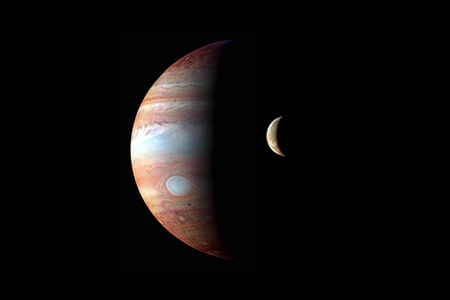3 | Planets and Moons
Planets and Moons
Planets
- The current definition of a planet is an object that:
- Orbits the sun.
- Has a spherical shape, due to the gravity resulting from its large size.
- Has no objects of a similar size near its orbit.
- The definition of a planet has been hotly debated in astronomy and certain objects that were previously called planets are no longer called planets.
- For example, in 2006 the International Astronomical Union changed the status of Pluto from ‘planet’ to ‘dwarf planet’ as it didn’t meet the third criterion above.

A planet is a spherical body that orbits the sun and has no objects of a similar size near its orbit.
(Image: Artsiom P, Adobe Stock)
Moons
- A moon is a celestial body that orbits around a planet. This includes the eight major planets as well as dwarf planets, such as Pluto.
- Currently there are hundreds of known moons in our solar system. However, there is no official agreement on what size an object has to be to be classified as a moon, so there is no official total number of moons, and new moons are being discovered each year.
- The inner planets have few or no moons.
- Mercury and Venus have no moons.
- Earth has one moon.
- Mars has two moons.
- The outer planets have many moons. As of 2023:
- Jupiter has 95 moons.
- Saturn has 83 moons.
- Uranus has 27 moons.
- Neptune has 14 moons.

A moon is a body that orbits a planet.
(Image: NASA, Wikimedia Commons)
Quizzes

